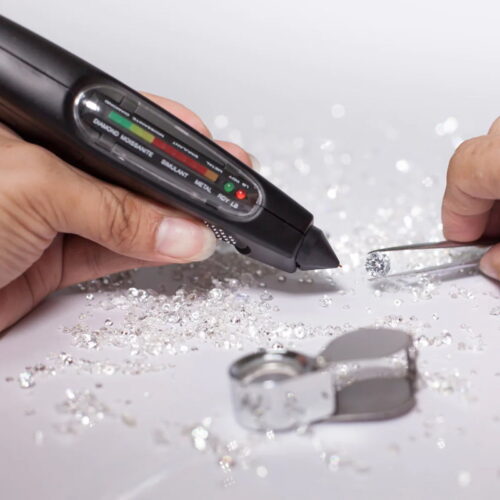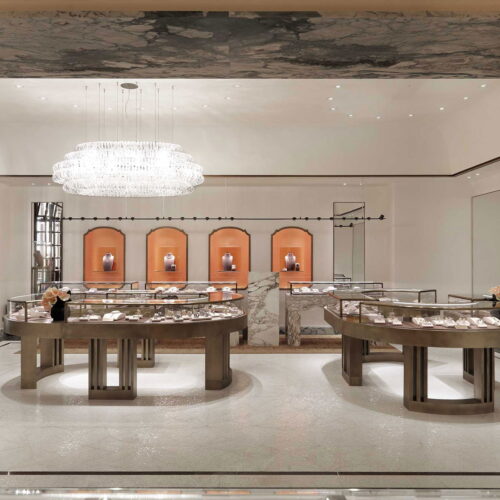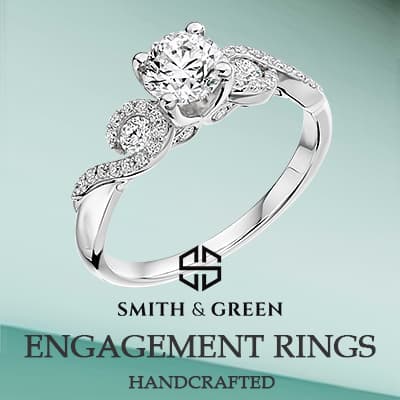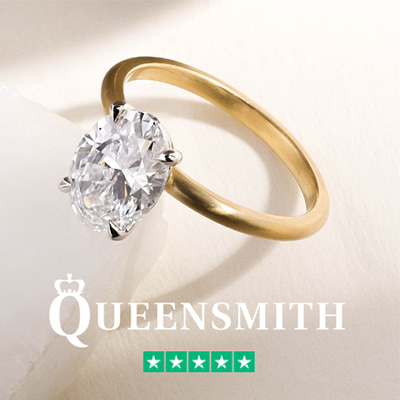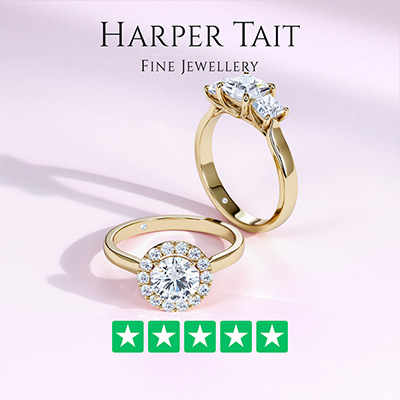Lab-grown diamonds have become quite the buzz lately. Whether you’ve seen them on social media, heard about them from a friend’s engagement, or stumbled upon them in a quirky radio ad, the concept is now firmly on the radar of those in the know.
You probably already know the basics – they’re essentially identical to mined diamonds in terms of their physical, chemical, and visual properties.
But let’s go deep and unearth some fascinating facts that will elevate your diamond conversations, whether at a dinner party or a tête-à-tête with your significant other.
- Organic Growth in a Chamber: Contrary to misconceptions about assembly-line production, lab diamonds grow organically within a chamber. Carbon molecules within the chamber gradually form into raw diamonds, which are then processed using the same techniques as mined diamonds.
- Vintage Origins: Lab-grown diamonds have a surprisingly long history, dating back to the 1950s when General Electric (GE) first developed them. However, due to historical events like World War II, their commercial accessibility was delayed until recent years.
- Cost Evolution: Initially, producing lab diamonds was more costly than mining them. Early lab diamonds were often of lower quality and had undesirable traits like yellowness. Advancements in production methods have made lab-grown diamonds more affordable and of higher quality today.
- Variety of Shapes and Sizes: With increasing popularity, lab-grown diamonds now come in a wide range of shapes and sizes, including unique cuts like marquise and rose cut. Custom cutting options also allow for personalized designs.
- Colour Options: Unlike natural diamonds where coloured variants are rare and expensive, lab-grown diamonds offer vivid colours like pink, blue, and yellow, providing exciting choices for jewellery.
- Potential for Canadian Origin: Canadian companies like Groupe RSL are exploring the production of lab-grown diamonds domestically, potentially offering locally sourced options for consumers.
- Energy-Efficient Innovations: Companies like Lusix Diamonds are pioneering energy-efficient production methods, using solar power to create lab-grown diamonds. This move aligns with growing environmental concerns and offers a sustainable alternative to mined diamonds.
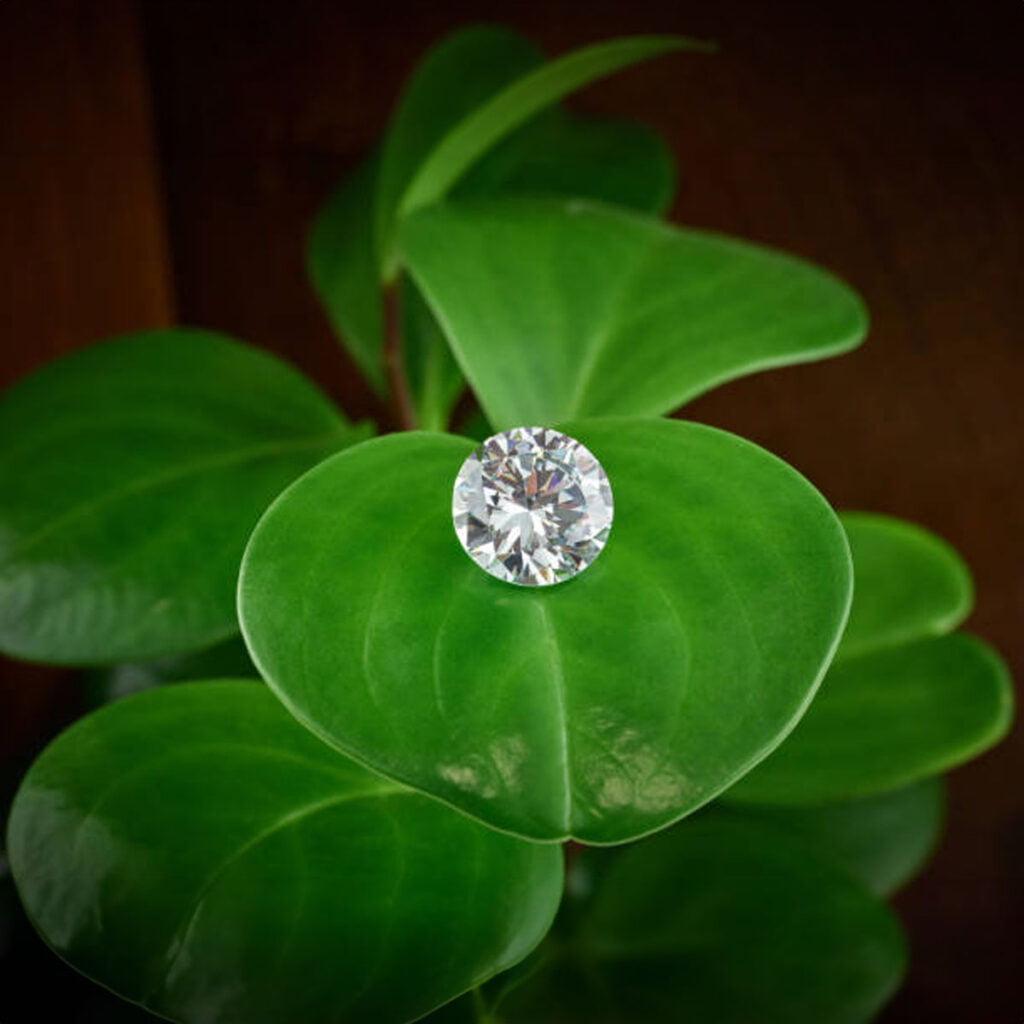
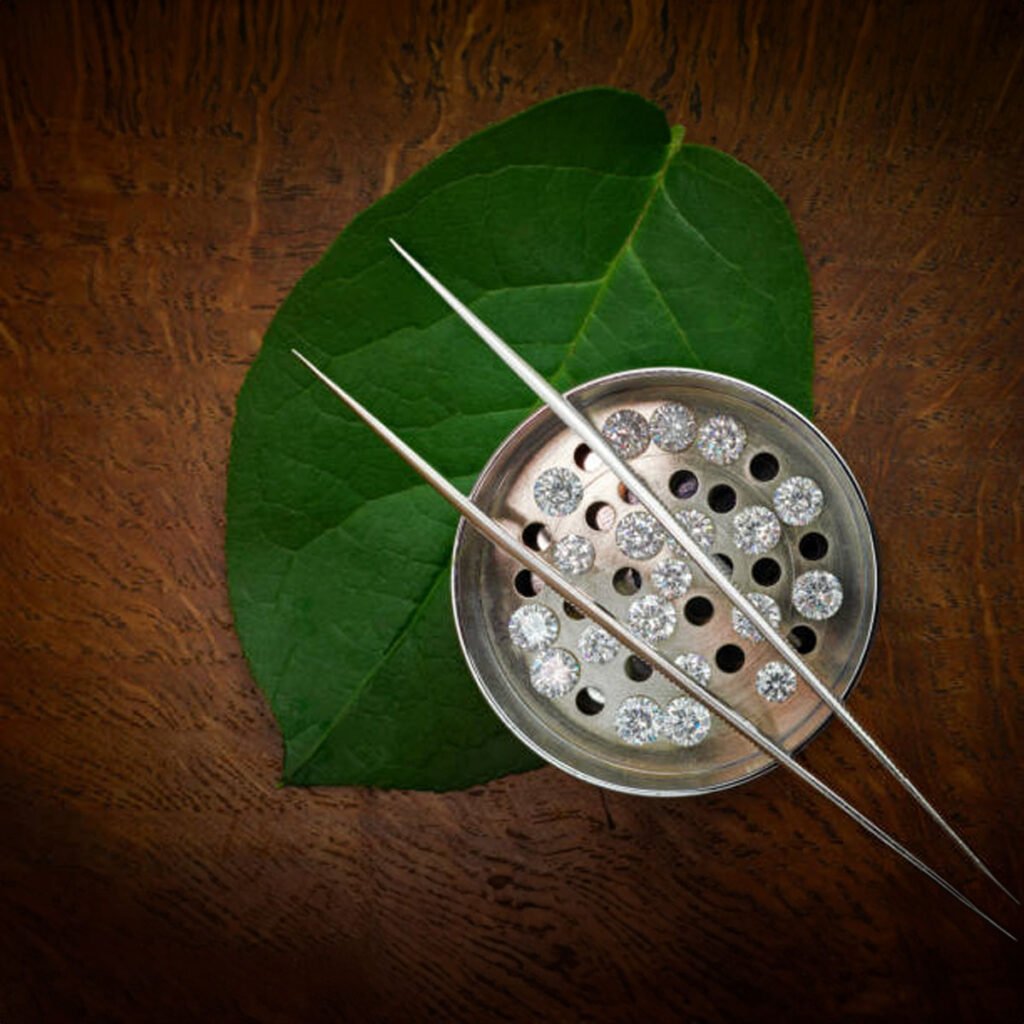
Lab-grown diamonds are not just a trend; they represent a dynamic shift in the diamond industry. With a rich history, expanding options, and eco-friendly practices, they appeal to a modern audience concerned about sustainability and ethical sourcing.
Ultimately, the choice between mined and lab-grown diamonds for your custom engagement ring boils down to personal preference and values, ensuring your symbol of love aligns perfectly with your beliefs.







